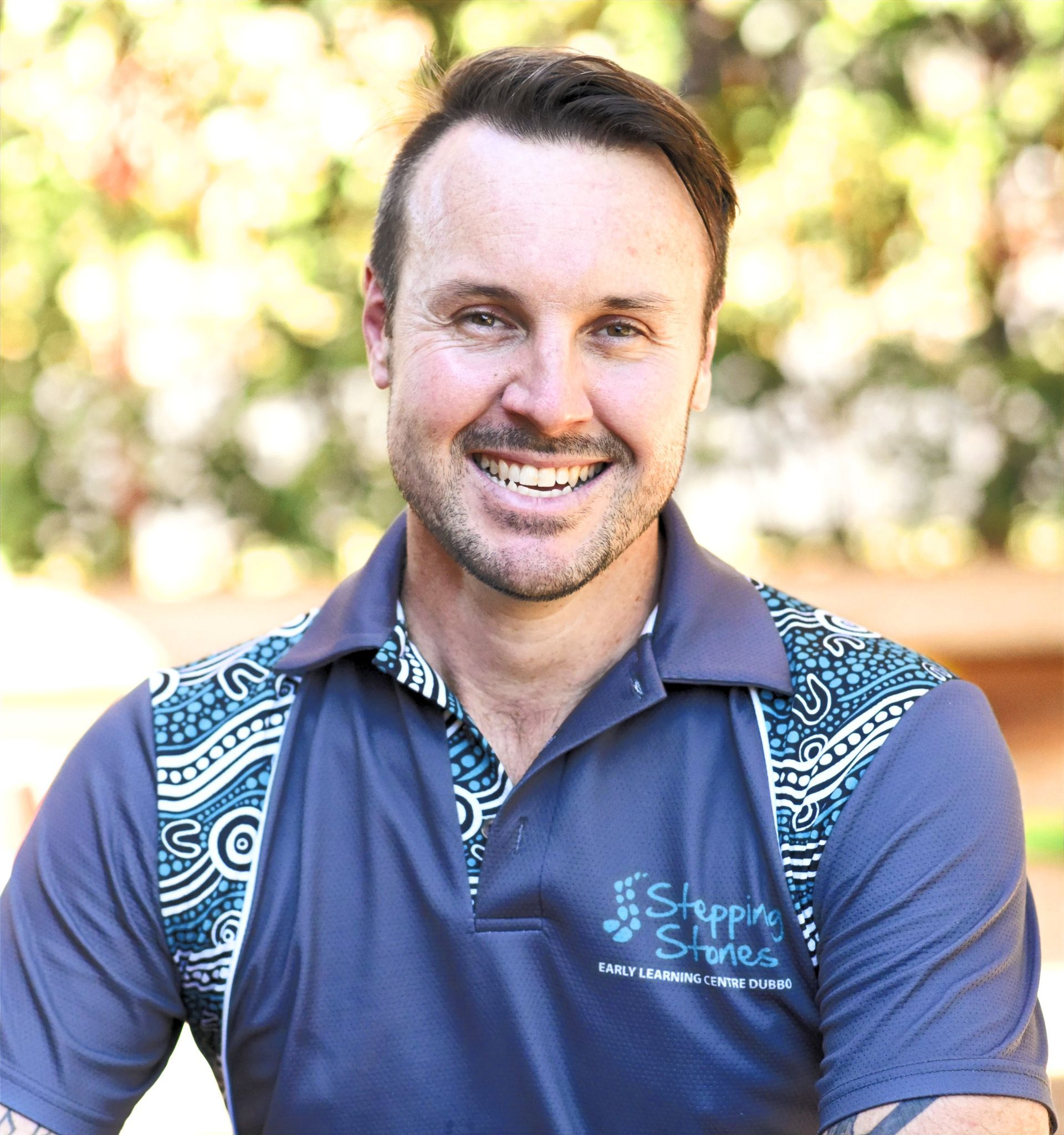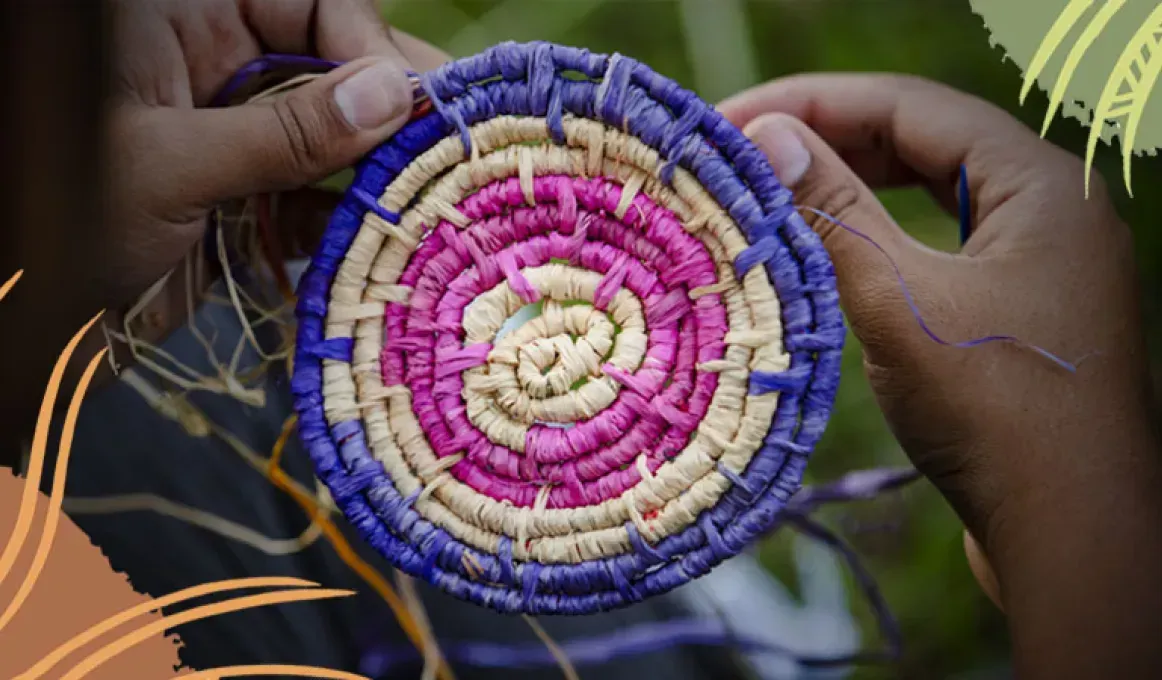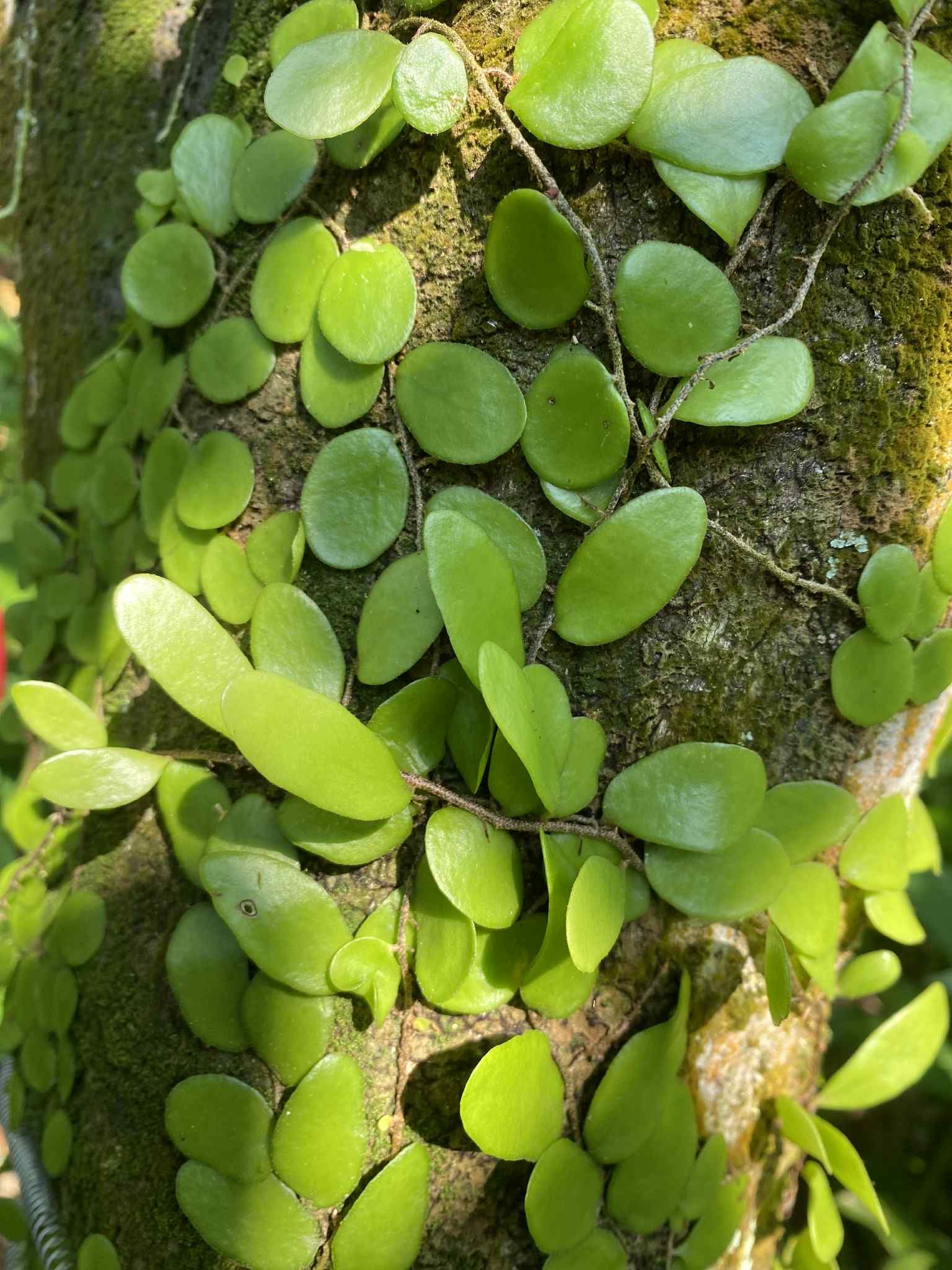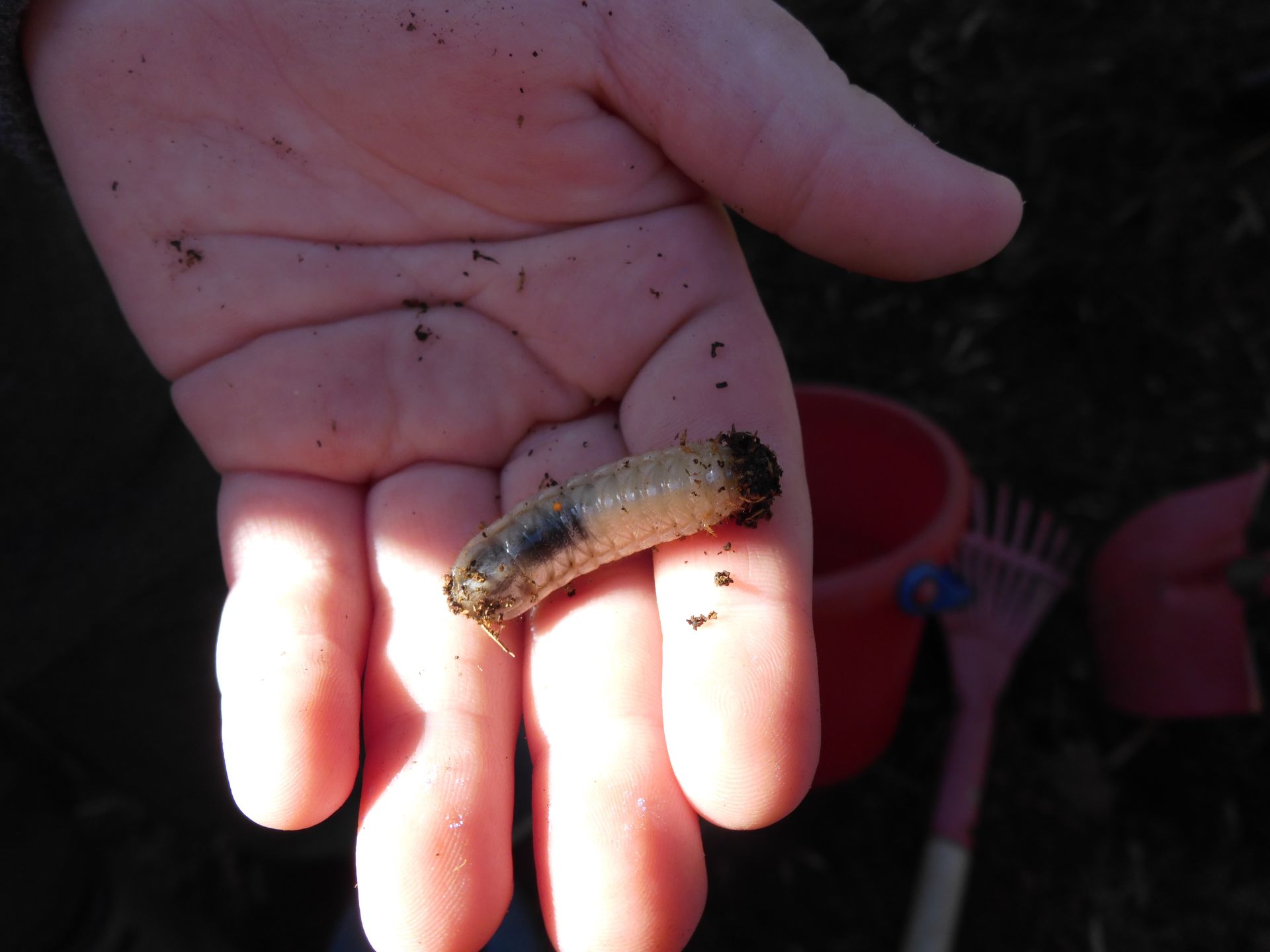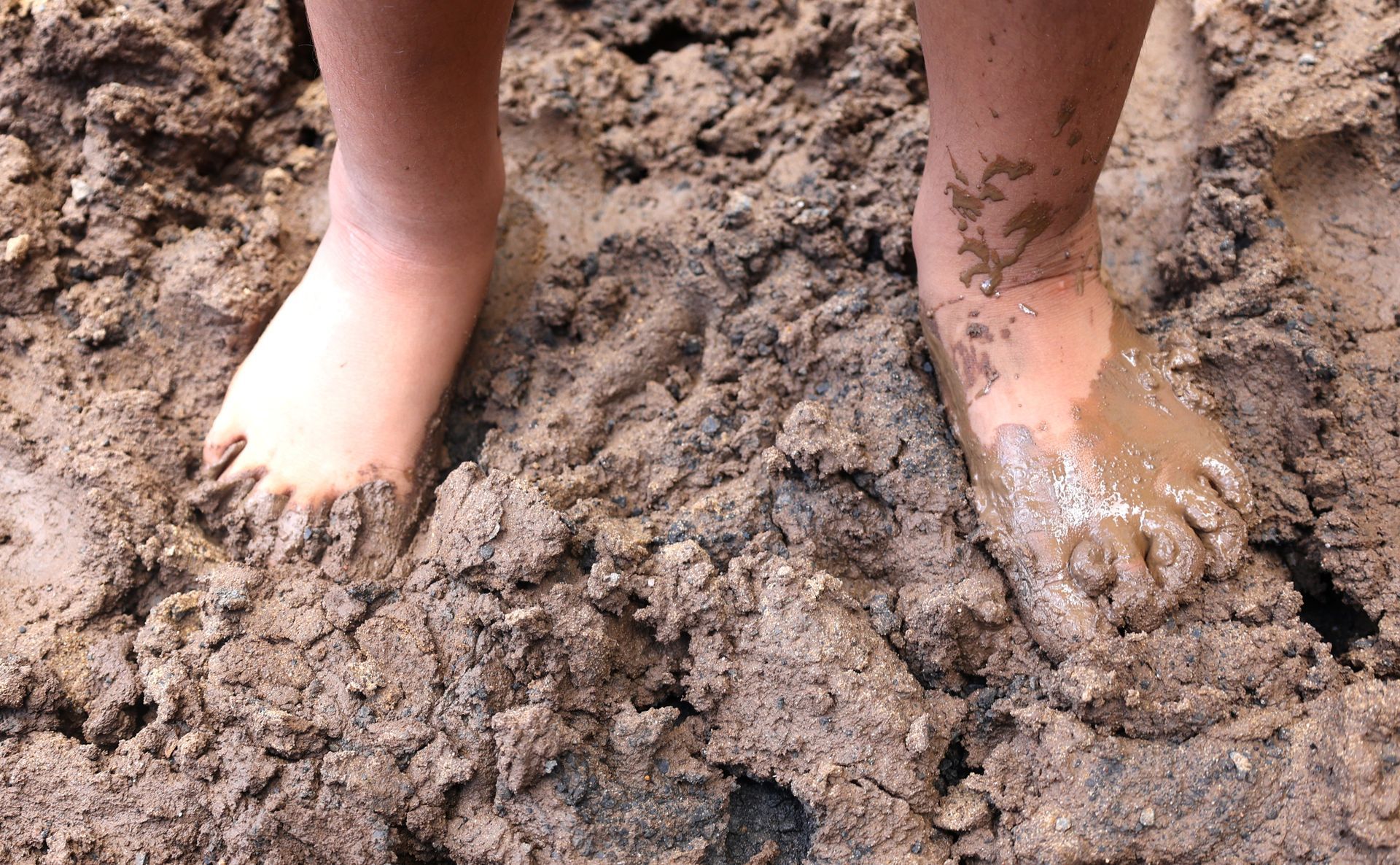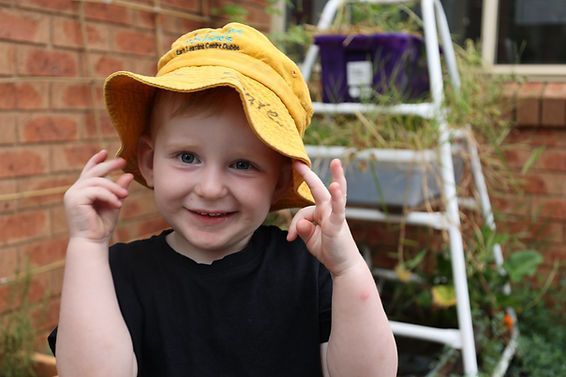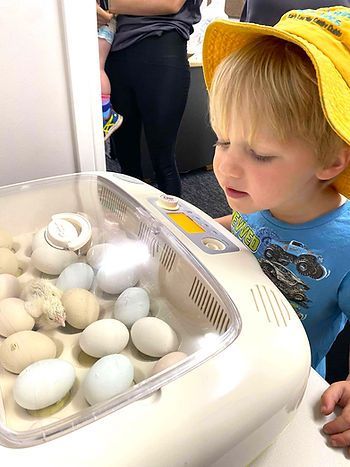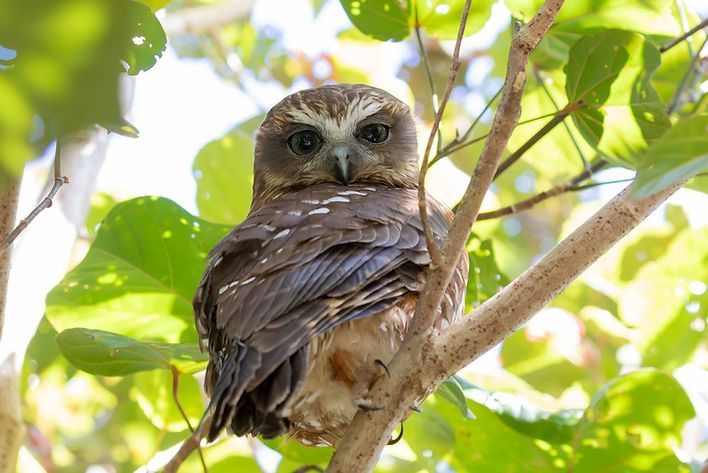The Grammar of Animacy
A Democracy of Species

This week, I was going to write about the many plants, some wild and others cultivated, that have been growing in our little garden.
However, I also started reading a truly beautiful book called:
Braiding Sweetgrass: Indigenous Wisdom, Scientific Knowledge and the Teachings of Plants by Robin Wall Kimmerer.
After only a few chapters, I found myself moved by Robin's poetic approach to storytelling, and grateful for her generous sharing of Indigenous-American history and creation stories.
I learned about the Grammar of Animacy, and an idea occurred to me about how else I might introduce my lovely green and flowery friends that dwell in the garden.
You see, the grammar of animacy, Robin writes, is the way in which many indigenous peoples talk about things, specifically, not as things at all but rather as different peoples.
And not just the plants and animals, which the western scientific community recognise as animate life, but indeed all kinds of naturally occurring things; places, rivers, stones, mountains, even a day of the week can be spoken of as a living thing.
And that by recognising the life imbued in all things they become by the power of language, inherently sacred, worthy of respect, and important members of the greater ecological community. In short, beings to be cherished and protected.
She quotes one of her early language teachers for saying that grammar is just the way we chart relationships in language. And then goes on to write in her own words.
“That a grammar of animacy could lead us to whole new ways of living in the world, other species a sovereign people, a world with a democracy of species, not a tyranny of one-with moral responsibility to water and wolves, and with a legal system that recognises the standing of other species. It’s all in the pronouns”.
As I reflected on her words, it occurred to me that a fear of anthropomorphism creates a human-centric worldview, that is entirely hinged upon arrogant, ignorant; other-ness.
To look upon any aspect of nature or its non-human creatures as a mere resource.
A perspective ripe for manifesting systems of domination and exploitation, as it tragically, historically already has.
Conversely, as Thomas Berry wrote:
“We must say of the universe that is a communion of subjects, not a collection of objects.”
The more I learn about indigenous peoples, both past and present, the more I find myself believing that it would be a better world if we all finally held up indigenous perspectives as the model of true sustainability and wisdom that they always were.
Or at the very least, to respectfully emulate their wisdom as we recognise the harms caused by war, land theft, colonization and environmental degradation.
After all we were all of us indigenous to somewhere, once upon a time, before we were ourselves conquered and brought into this self perpetuating and destructive cycle of civilization.
I particularly love how Robin puts the following:
“Immigrants came to these shores bearing a legacy of languages, all to be cherished. But to become native to this place, if we are to survive here, and our neighbours too, our work is to learn to speak the grammar of animacy. So that we might truly be at home”
A statement as true here in Australia as it is anywhere in the world.
Such a simple practice towards sustainability, and really it costs us nothing, perhaps a little discomfort as we adjust our language and thinking, but well worth the effort.
Certainly, I intend to go forward with the newfound practice (especially around our kids) of talking about whos of the land and not the "its".
To speak to the life in our world and not merely her “resources”.
And with that, let me introduce some of my friends:
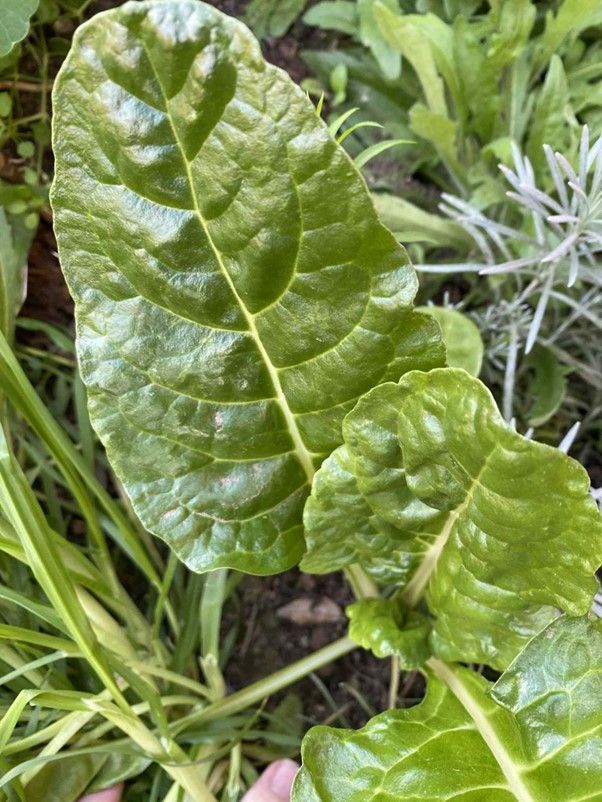
This is Beet, his leaves and root make a wonderful healthy food. Beet also improves soil by breaking up compacted ground with his taproots and contributing nutrients when his organic matter is returned to the earth.
This is Flax, she stands tall and pretty and gifts our eyes with a beautiful white flowers, her body provides the fibres we need to make the linen that clothe us and also rope for making our lives easier.
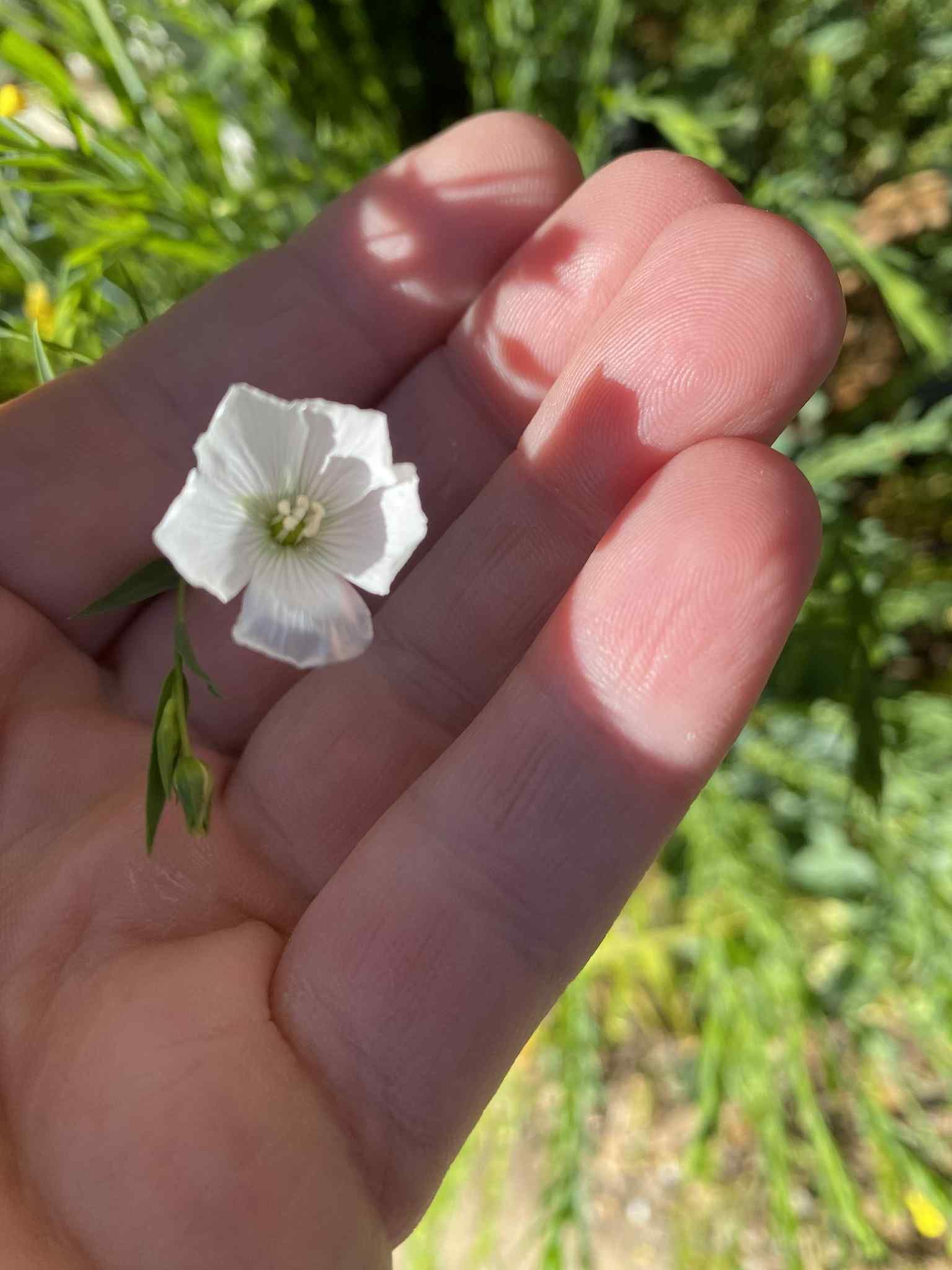
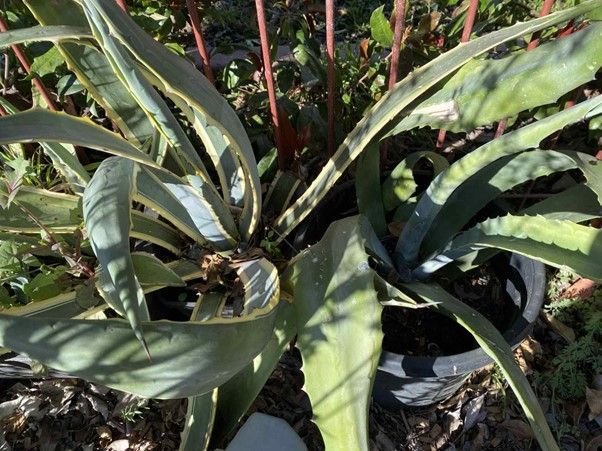
Meet Agave, her heart can be eaten as a vegetable and her flowers too (as long as you cook them). Agave is very tolerant of drought and plays an important role in erosion control. Some people will make musical instruments with Agave.
Mallow is a good friend of mine, and is both edible and medicinal, as well as a living mulch for moisture conservation, weed suppression and a food source and habitat for beneficial insects and wildlife. Being well endowed, he also helps improve the soil with his deep root system. Lucky guy.
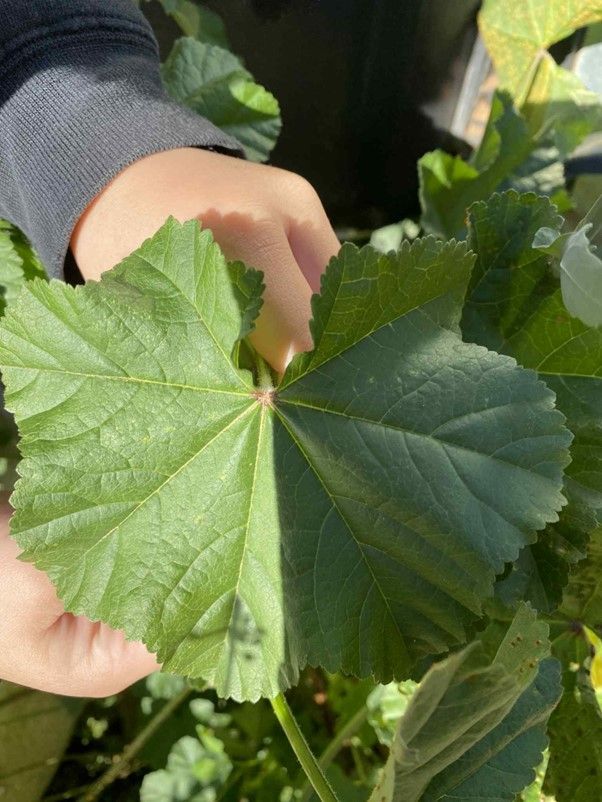
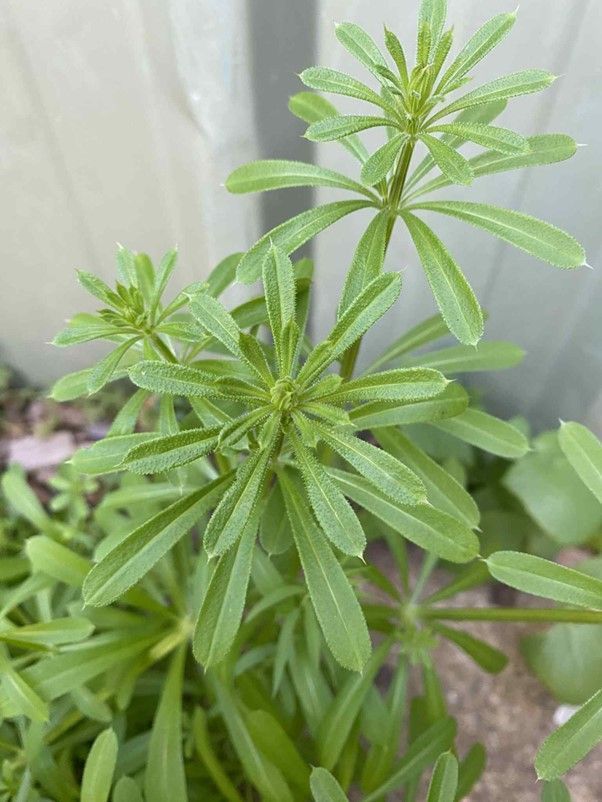
This is Cleavers, she is a little clingy, but I love her. Cleavers has medicinal qualities as a diuretic and with detoxifying properties, particularly as a spring tonic to support the lymphatic system and treat skin conditions like eczema. She can also be used as a food source, with her leaves added to salads or soups, and her seeds roasted to make a coffee substitute. Additionally, cleavers acts as a dynamic accumulator by bringing up minerals from underground.
Here is Chickweed, she is very pretty, and Chickens love her to pieces. She also does a wonderful job of protecting and nourishing our precious soils in the winter while providing a nutritious, edible green for humans and wildlife.
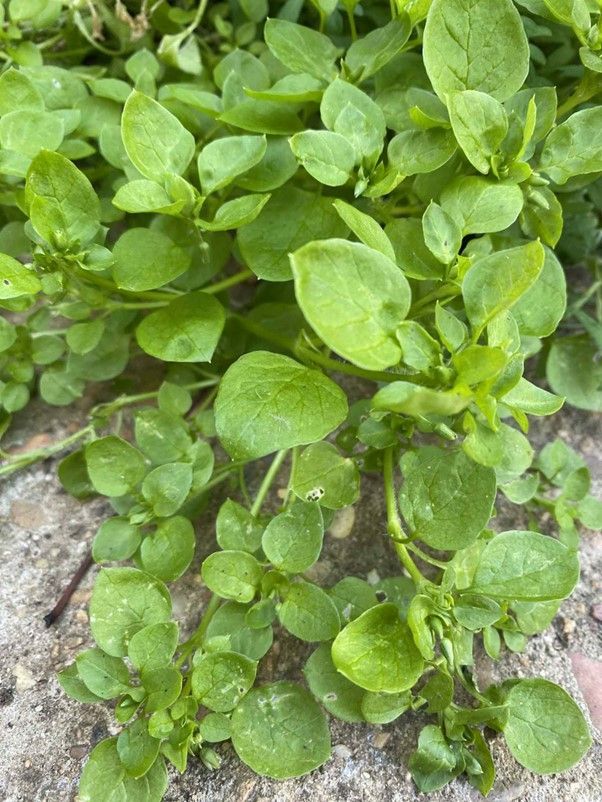
Lastly you might have noticed some beautiful yellow flowers at the start of this blog. Her name is Marguerite daisy, and as with all parts of nature she plays important roles, but she also just makes me happy, and I think that in itself is enough.
Until next time, enjoy the wild places wherever you are,
Dallas.
